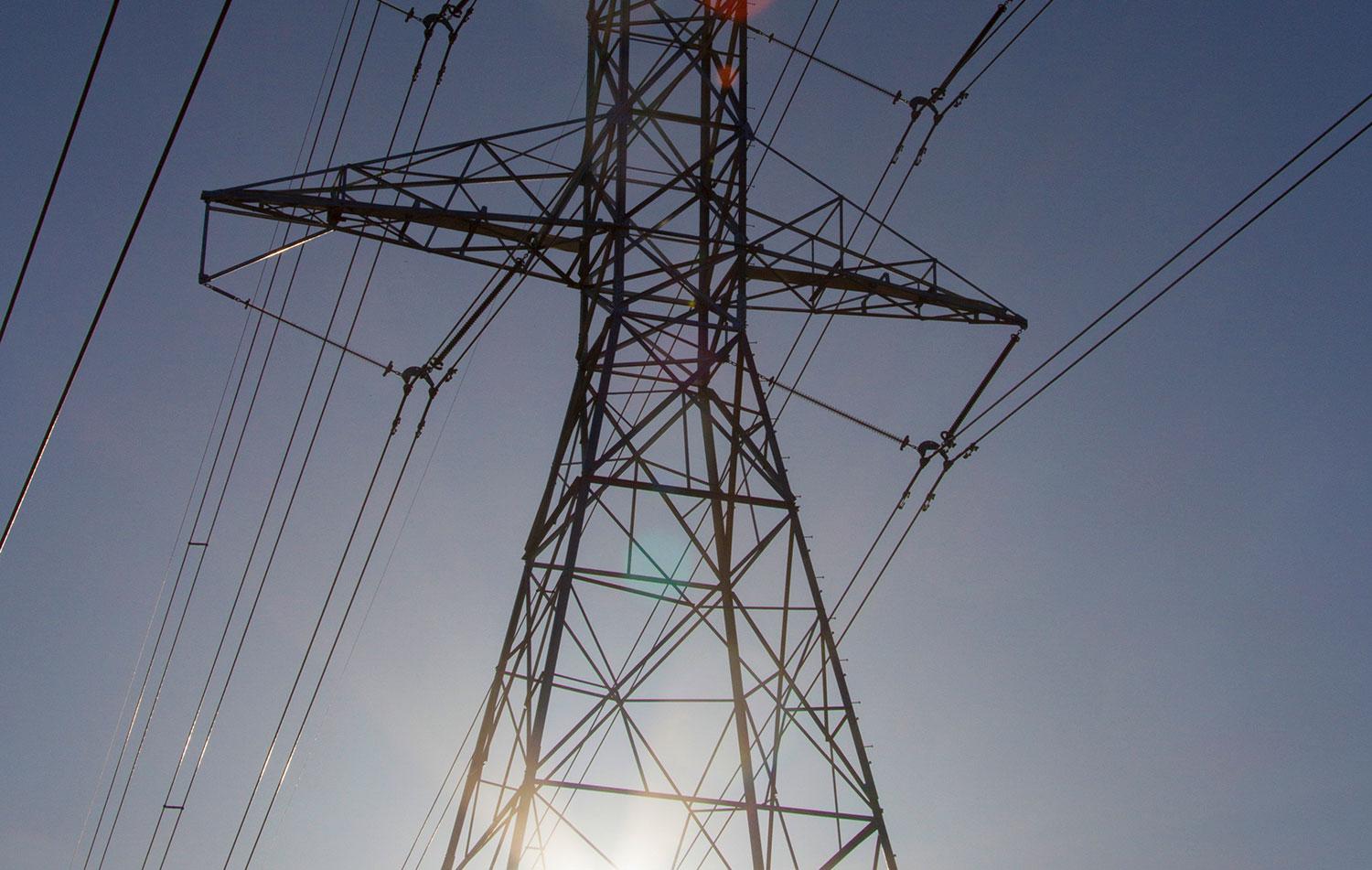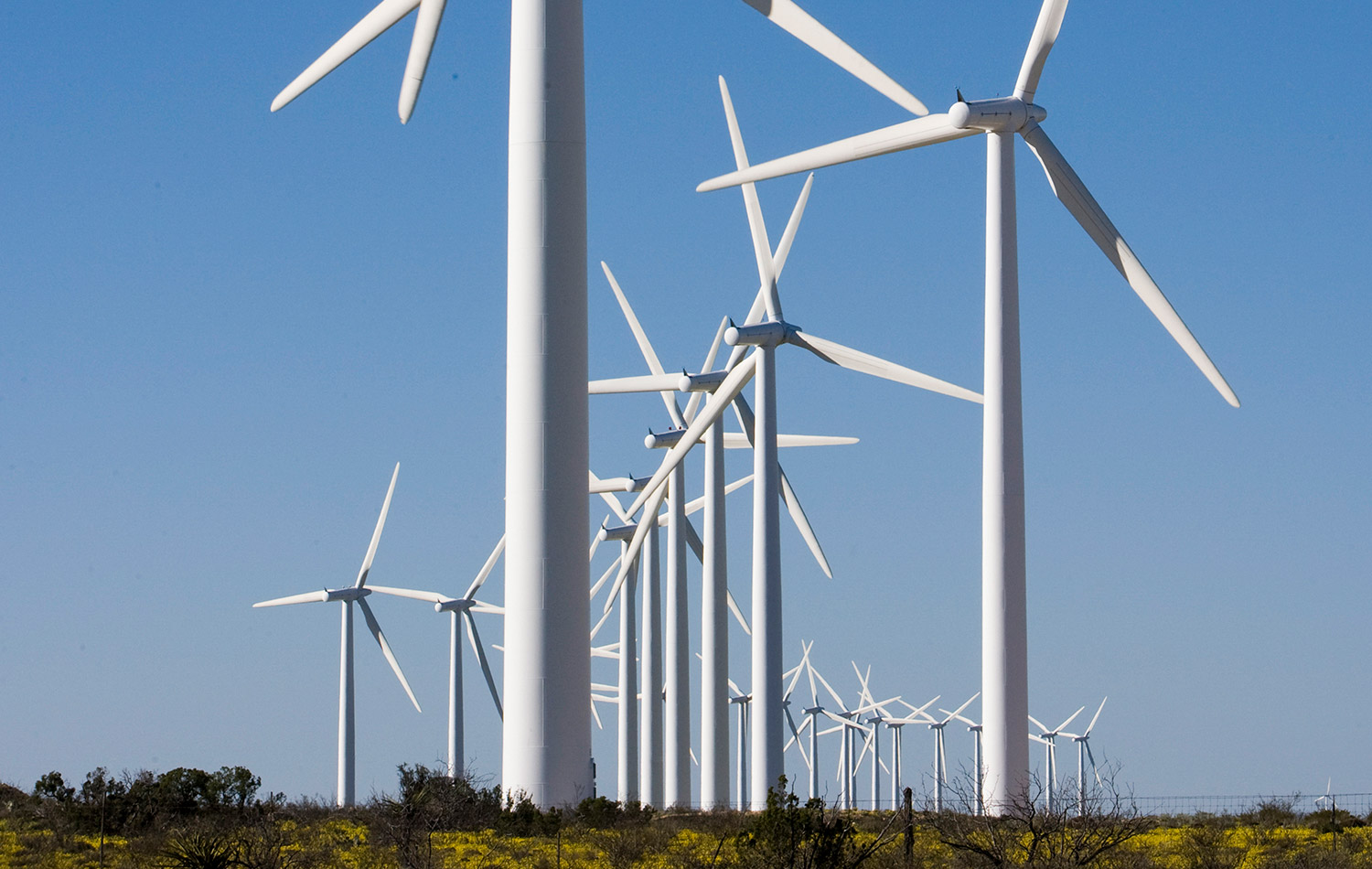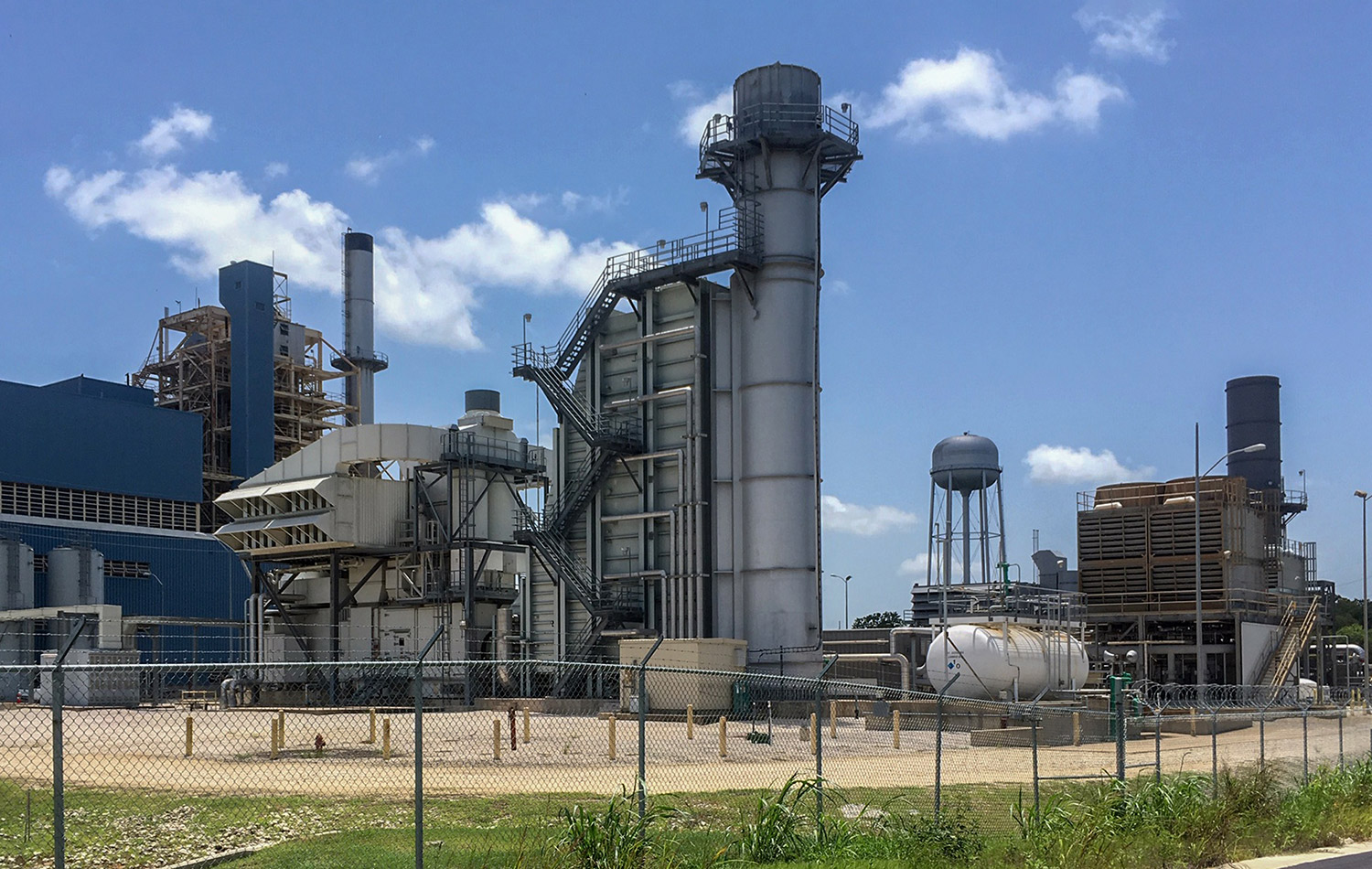Select your region of the state and utility to find out how yours scored. Based on what you learn, we hope you are compelled to take action, either by signing up for good clean energy programs offered by energy companies, or demanding that they begin to make such programs available. In addition, with the Public Utility Commission of Texas currently discussing major changes to our energy grid as a result of Winter Storm Uri, now is the time to make your voice heard on proposed changes to our grid and energy market.
For the fourth year in a row, the Lone Star Chapter of the Sierra Club combed through the publicly available reports and websites to find out. It identified sets of questions/criteria for each utility type, Retail Electric providers (REP), Municipal Owned Utilities (MOU), Rural Electric Cooperatives (COOP), Investor-Owned Utilities (IOU) - both full service (vertical) IOUs and IOUs that are transmission and distribution companies providing transmission service with REPs selling electricity and scored them all. We scored these utilities in 2019, 2020, 2021 and 2022. While we wish we could report that the utilities are doing better, unfortunately most utilities in Texas have failed to take advantage of unique opportunities to invest in clean energy and energy efficiency, though a few are on their way to making the transition.
Select your region of the state and utility to find out how yours scored. Based on what you learn, we hope you are compelled to take action, either by signing up for good clean energy programs offered by energy companies, or demanding that they begin to make such programs available. In addition, with recent changes already adopted by the Texas Legislature and the Public Utility Commission of Texas in part as a result of Winter Storm Uri and our increasing electric demand, now is the time to make your voice heard on proposed changes to our grid and energy market.
Texas will forever remember the events of Winter Storm Uri, a polar vortex event that devastated the state’s main electric grid in February of 2021, roughly between February 13th and February 17th. In fact, over 170 million U.S. residents were placed under various weather alerts during this time, but Texas was impacted most severely, with more than 4.5 million homes and businesses left without power in Texas, some for several days. The storm and its impact has been blamed for at least 210 direct or indirect deaths, with some estimates as high as 702 killed as a result of the crisis. Meanwhile, the impacts of the storm in Texas are estimated to have cost between $195 and $295 billion in damages, making it the costliest winter storm on record.
And it could have been much much worse. According to the Electric Reliability Council of Texas, the Texas power grid was about four minutes from complete failure when partial grid shutdowns were implemented.
With so many types of utilities, scoring them all is a huge task. For the Texas Clean Energy Scorecard, we divided our scorecard into four main categories: the 10 largest municipal electric utilities (MOU), the 18 largest electric cooperatives (COOP), the 34 top-selling Retail Electric Providers which buy and sell electricity in the competitive markets within ERCOT region, and the eight investor owned utilities (IOU) -- 4 of which are transmission and distribution utilities serving the Customers in the ERCOT region with REPs, and the 4 that are vertically integrated (full service) utilities operating outside the ERCOT region.
There are five major energy resources that produce our electricity in Texas: gas, coal, wind, nuclear and solar. These resources are sometimes referred to as renewable resources (solar and wind) and non-renewable resources (coal, natural gas and nuclear). While for many years, gas, coal and nuclear were the top three providers of electricity in Texas, today, gas is followed by wind and then coal, but solar is expected to become the third most important resource within a year surpassing coal.
Getting electricity in Texas is more complex than in some states. ERCOT, our "independent grid operator", manages the flow of electric power to 25 million Texans - about 90 percent of the state's electric load, and 80 percent of Texas' land area. But some areas of Texas are not in ERCOT. In West Texas, El Paso and Hudspeth County are served by El Paso Electric within the Western Interconnect, a completely separate grid, while the panhandle in Northwest Texas is divided among two private utilities, several municipal utilities, and a few electric cooperatives that are part of the Southwest Power Pool. Parts of Northeast and Eastern Texas are on an electric grid served by the Southeast Reliability Council (SERC). Each of these grids is managed separately. Thus, while most of the state is in ERCOT territory, Texas is not really one electric grid, but four, each with different rules and separate and distinct energy markets.
The state agency with the most direct authority over electricity use and production is the Public Utility Commission of Texas, which is run by five Commissioners appointed by the Governor. The PUC has authority over many aspects of electricity, over market rules, over the construction of transmission lines and has broad authority to assure a fair, competitive and adequate market structure. In addition to the PUC, the Office of Public Utility Council (OPUC) represents consumers and has independent authority. In addition to these regulatory authorities, the "system operators" in Texas include ERCOT (the Electric Reliability Council of Texas) in most of the state, the Southwestern Power Pool in the northwest, the Western interconnect in far west Texas, and the Southeastern Energy Reliability Council (SERC) in northeastern Texas. Federal authorities include the US Federal Energy Regulatory Council, NERC (National Electric Reliability Council), and the US Department of Energy. The extent of their authority depends upon the issue and the region. Recently, the Texas legislature approved a bill to continue the role of the PUCT in its regulatory authority at least until 2029, and made a number of policy and governance changes to the agency to make its actions more transparent to the public.








